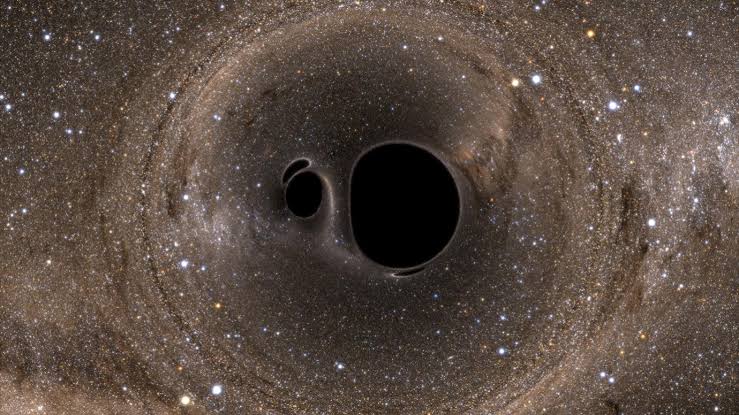Astronomers studying the supermassive black hole M87*, a behemoth six and a half billion times the mass of the Sun, have uncovered a new way these cosmic monsters unleash their power.
Using cutting-edge simulations, scientists at Goethe University Frankfurt revealed that not just magnetic fields, but a process called magnetic reconnection, helps extract energy from a spinning black hole to launch jets of matter stretching thousands of light-years. These immense cosmic beams, moving at nearly light speed, scatter energy and matter across galaxies, shaping their evolution.
For nearly 200 years, astronomers were uncertain about the true nature of the bright object in the constellation Virgo that Charles Messier recorded in 1784 as “87: Nebula without stars.”
What appeared to be a fuzzy patch of light was later revealed to be an enormous galaxy. When a mysterious jet of light was spotted coming from its center in 1918, scientists had no idea what could be producing it.
At the core of this massive galaxy, now known as M87, lies the supermassive black hole M87*, containing about six and a half billion times the mass of the Sun. This black hole spins rapidly, and its rotation powers a stream of charged particles that shoots out at nearly the speed of light, stretching some 5,000 light-years into space۔







